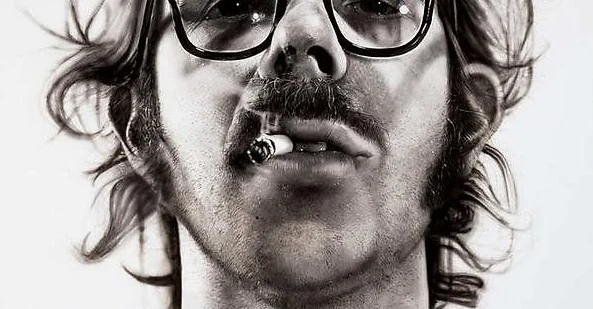Chuck Close’s Self Portrait 1968: A Study in Signature Style
Chuck Close, a renowned American artist known for his large-scale photorealist portraits, created a masterpiece in 1968 with his self-portrait. This iconic piece showcases Close’s distinct signature style and mastery of realism.
Detailed Realism
Close’s self-portrait exudes incredible detail and precision, from the individual strands of hair on his head to the subtle shadows and highlights on his face. The level of realism in this piece is astonishing, as every pore and wrinkle on Close’s skin is meticulously rendered with precision.
Grid Technique
One of Close’s innovative techniques is the use of a grid to transfer a small-scale photo onto a larger canvas. This grid method allows Close to break down the image into smaller sections, enabling him to focus on one area at a time and ensure accuracy in his representation.
Pixelated Aesthetic
Close’s self-portrait also features a distinctive pixelated aesthetic, with each section of the grid containing its own unique color and tone. This mosaic-like effect adds a sense of depth and dimension to the portrait, creating a dynamic visual experience for the viewer.
Close’s self-portrait from 1968 is a prime example of his signature style, showcasing his unparalleled skill in realism, innovative use of the grid technique, and unique pixelated aesthetic. This iconic piece continues to captivate viewers and solidify Close’s place as one of the greatest artists of his generation.



